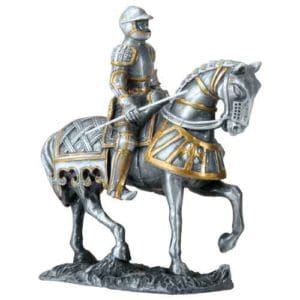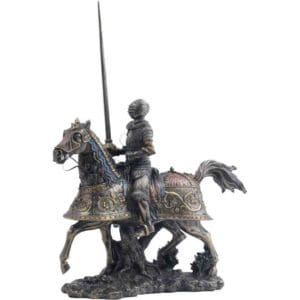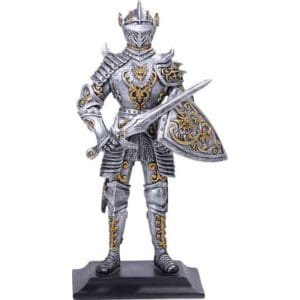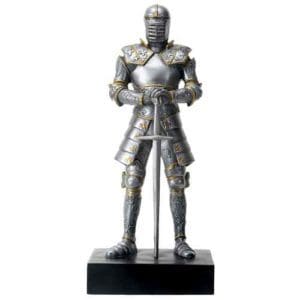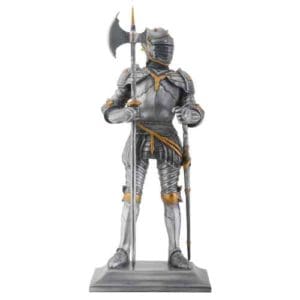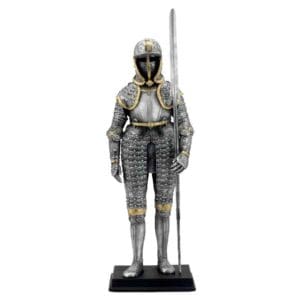What was a Medieval Knight?
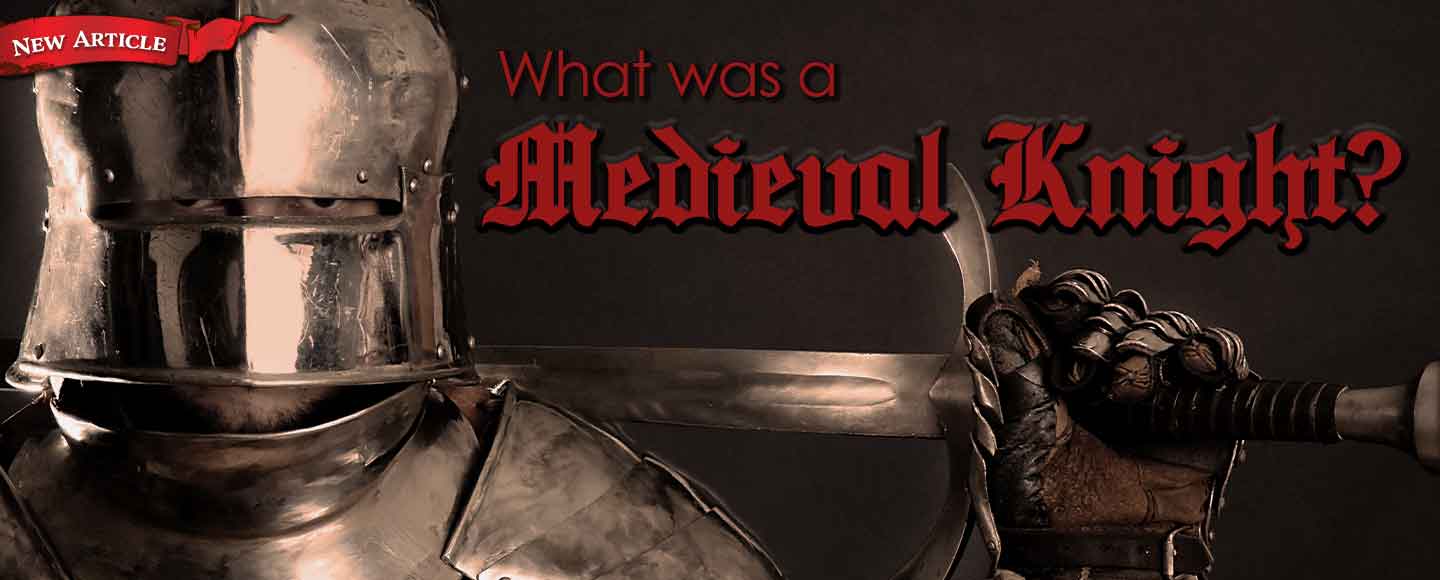
Have you ever wondered how someone became a knight in the medieval world or what it was like? In this article, we give an overview of how someone became a knight and a bit about the medieval history of knighthood. We look at the military role and evolution of a knight.
What was the main purpose of a knight?
At its core, the medieval knight was a professional cavalry warrior, specifically heavy cavalry. This was the role that they filled militarily. They were trained to fight horseback. Knights would fight for their feudal lord when needed and as required by their feudal agreement.
Once a knight, they would usually either serve or be hired by a lord. Most knights filled this role. Alternatively, they could be a knight-errant who roamed looking for ways to prove their knighthood. There were even a few knights who became part of organized crime. This unscrupulous behavior is related to the origin of the term robber baron.
A knight could serve under the banner of another knight or under their own banner. Fighting under your own banner had the name of a knight banneret. Meanwhile, serving under someone else’s banner had the name of knight bachelor. When not fighting, a medieval knight would keep their skills up with tournaments and jousts.

How did someone become a knight?
Becoming a knight was the equivalent of an apprenticeship. They would start young, around the age of 7. At this age, they were a page. A page would join their lord’s household to begin training. They would work as a sort of waiter-servant. Besides serving their lord, they would be taught the proper behaviors and tactics of a knight.
At the age of 14, they would begin to get more advanced instruction and become a squire. They would continue the service role with a greater focus on the particular knight that was instructing them. A squire would work as a shield bearer for this patron when they were on campaign, and the squire would join them in battle.
A squire would become a knight when they were judged proficient. This usually occurred around the age of 21 and often when there was money for their equipment. To become a knight, they would be dubbed as a knight. Literally, the ceremony of becoming a knight was known as dubbing. The physical act of dubbing with the tap of the sword is also known as accolade.
This ceremony could vary depending on the situation. It could be highly elaborate and religious or done on the battlefield. Edward Prince of Wales, aka the King Edward II, had a highly expensive and elaborate dubbing. After the 12th century, much of the dubbing ceremony would be a religious one. It would involve fasting, praying, and multiple other religious acts. Meanwhile, being dubbed on the battlefield was known as “winning one’s spurs.”
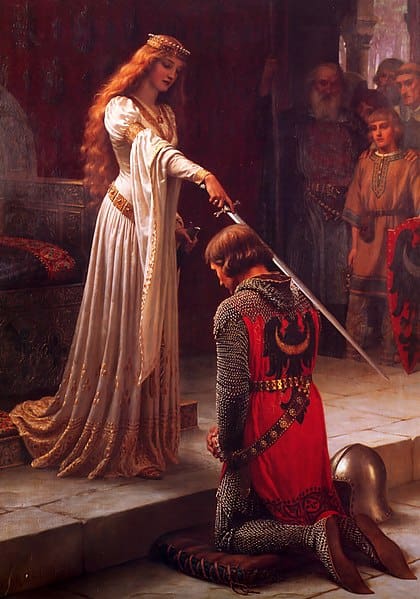
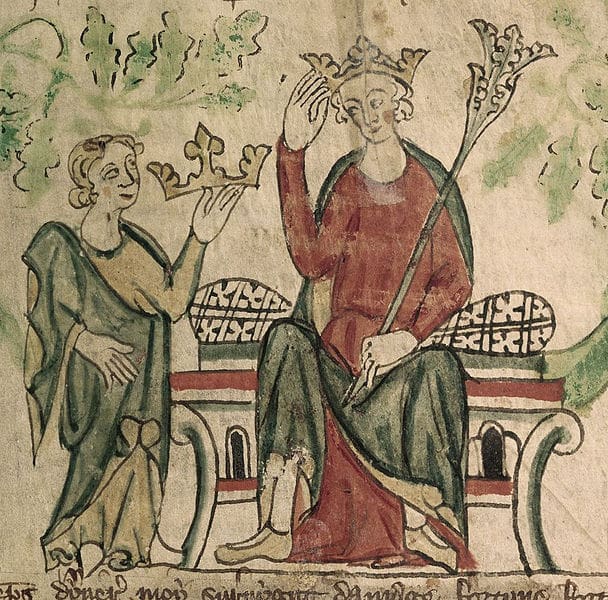
What did the evolution of the knight look like?
When it comes to the knight, there is a large association of knights with chivalry. There is a good reason for this. There was a strong Christian set of ideals of behavior for a knight. These would include respect for the Church, protection of the weak and poor, loyalty, and preservation of honor. This set of chivalry ideals was the strongest and came the closest to fruition during the Crusades. There were different orders of knights in the Crusades, and they would often follow codes of chivalry. The word chivalry comes from the French Chevalier, aka someone who rides and fights on a horse.

The Demise of the Medieval Knight
During the Late Middle Ages, the knight became less important for a few different reasons. Some reasons were the erosion of feudalism, defeats in battle, and the development of artillery. While the armour of a knight would evolve with the times, the end of the knight coincided with the use of full plate armour. You can check out our article on the history of arms and armour to get a better idea of the change in armour and weapons.
By the Wars of the Roses, knights stopped being on horseback as longbows could take down horses much easier. Thus, they stopped being as effective heavy cavalry units. Artillery units would begin to take over the role militarily. In addition, monarchs required a more reliable, standing army and would lean more on the use of mercenaries. With the rise of mercenaries, knights gradually became more like officers and less of a specific military role. By the 16th century, being a knight was an honorific and no longer an actual job title. Knighthood still exists in this form today as exemplified by Dame Judi Dench and Sir Elton John.
Summary
We hope that we have given you a much better idea of what a medieval knight was. It was an involved process to join this professional military class. In many ways, it was a precursor to the modern soldier combined with a medieval apprenticeship structure. The change in technology and society towards the end of the medieval period would end this cavalry warrior.
Sources and Image Notes:
https://englishhistory.net/middle-ages/medieval-knights/
https://www.english-heritage.org.uk/visit/inspire-me/brief-history-of-knights/
https://www.britannica.com/topic/knight-cavalryman
https://www.worldhistory.org/Medieval_Knight/
https://www.medievalcollectibles.com/blog/life-in-medieval-times/history-of-european-arms-and-armor/
The Accolade by Edmund Blair Leighton: In Public Domain
Edward II: From the British Royal Library, in the Public Domain
Duel of Knights: Creative Commons

